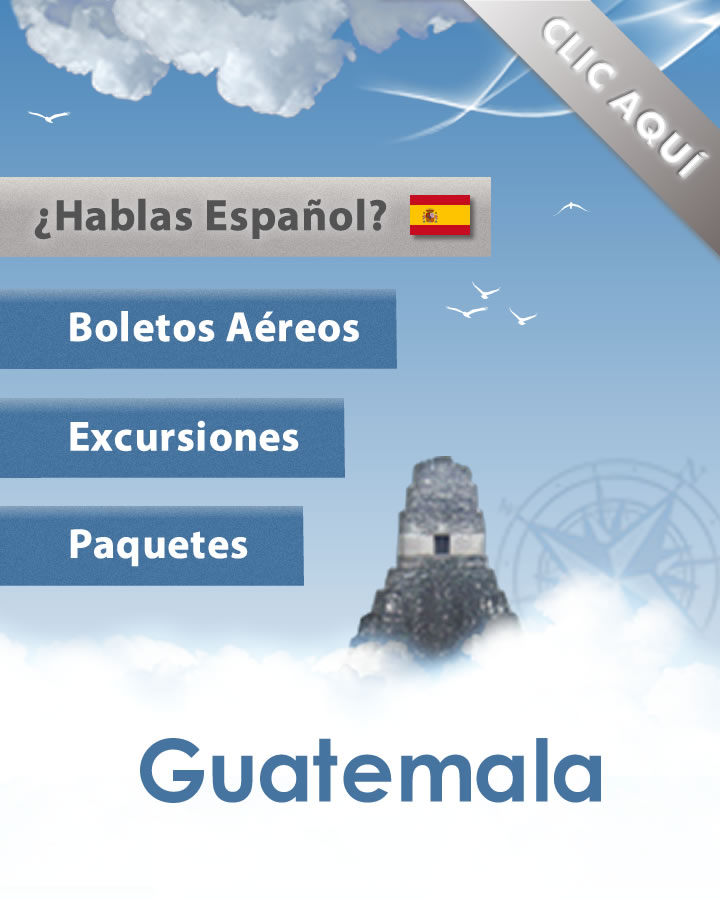Home > Departments > Zacapa
Zacapa
Zacapa is one of the most interesting departments of the Republic of Guatemala for both, its geographical location and the charisma of the population, who are famous because of its inventive ability. In addition, it is known because of its traditional cuisine and milk by-products.
The department of Zacapa has an active role in Guatemala’s economy and as an example there are many plantations of tobacco, melons, tomatoes, grapes, and okra, most of them for export to other countries.
One of the most cultural attractions is the Paleontology Museum located in the municipium of Estanzuela, which exhibits archaeological pieces found in the region, Mayan murals, as well as a large variety of fauna samples. But the most amazing things are the fossilized remainders of a mastodon and a giant armadillo, and for that reason the place is known as “the bone museum”.
Zacapa is a land of contrasts since plane lands are dominated by a hot, dry almost desert land, while huge humid template forests are found at the Sierra de las Minas Mountains.
Places to visit in Zacapa:
Natural Attractions in addition to the Fragua Meadows
Due to the fact that Zacapa’s towns are located in low lands, there is a lack of rain and abundant hot weather. But there are also spectacular forests of great ecological complexity.
Pasabien Natural SpaIt is located at the shore of the Motagua River’s Valley and as a result it is a hot place. But the spa is located at the slopes of the Sierra de las Minas Mountain Chain, where the river that feeds it and comes from the mountains is tumultuous and foamy. The water is incredible cold and refreshing. Also, there are many facilities to have a good time and very close you can find the Longarone swimming pools, restaurants, sales of fruits and anything you may want to.
Other natural spasAlso with cold fresh waters like the Pasabien that come from the Sierra de las Minas Mountain Chain. There are also swimming places in Santa Rosalia, Talisguite, Jones, La Espinilla, and Doña Maria.
Doña Maria CavesExploring and studying caves can be as exciting and adventurous as any experience can get in nature. A weekend or even a single day in a cave can transport you to another world as remote as the ocean bottom or even the surface of another planet. For the Mayas, caves were the sacred entrance to the underworld. As a result of many porous limestone deposits, Guatemala is honeycombed with cave of every conceivable size, shape, length or depth. The cave is located close to the Doña Maria Hotel and Restaurant just by a few-minute walking.
Valle Dorado, Swimming Pools and RestaurantIt is an ideal place to enjoy the charm of the Chaparral Espinoso, with all the comfortable facilities of a four-star hotel. It is almost like an oasis in the dessert. After a hard day, there will be not such a thing like a cold bath and a rest to recover.
Estanzuela Paleontology MuseumObviously this is not a natural place but it is constructed over rocky beds where fossilized remainders of large skeletons of prehistoric animals were found, as well as exhibits some other interesting things. Close to the museum you can find the monument with the famous mark of the earthquake fail at the Motagua Valley.
Sierra de las Minas Mountain Chain Reserve BiosphereGuatemala is host to one of the richest biological treasures in the world –the habitat for 10% of all species registered on the planet. This encompasses 19 eco-systems, 300 microclimates and 33 volcanoes, five of which are active. Travelers can go from cloud forest to a black sand beach on the Pacific coast in just a few minutes. There are 93 protected areas and 25 classified as special protected areas, which range from mangroves on both coasts to mountain cloud forests. They all add up to 1.4 million hectares in the Maya Biosphere Reserve, one of the ecologically most important in this hemisphere.
The Sierra de Las Minas Mountain Chain, a Biosphere Reserve, was established taking into account the highest lands which shared the elongated top of the mountain chain, including the department of Zacapa. This place has many access roads, but the ideal one from Zacapa is located at the Rio Hondo Valley, a tributary of the Rio Grande, which forms a natural step between the top and the low lands. The highest top’s name is Las Nubes (The Clouds), so take your pick. With a sturdy pair of shoes you feet will carry you up to the clouds.
If you wish to get a break on the road and eat or drink something, just stop at El Rancho, where natives offer a variety of food, beverages, fruits, vegetables, and other, before you continue your trip to the east side of the country.
Zacapa cuisine features a variety of spices and why not, since many of the world’s spices are grown here. Virtually every traditional dish has its own story that the chefs will proudly share with visitors. Visitors who venture into Zacapa’s markets will come out with a wealth of ingredients and a new food vocabulary, from ajonjoli to cardamom. Fruits and vegetables are daily staples with exotic such as pitaya, pacayas, and jocotes jostling for position alongside traditional melons and avocados, and a large variety of vegetables and fruits.
Local fairs: Zacapa, December 8; Estanzuela, November 22; Rio Hondo, February 26; Gualan, May 8; Teculutan, February 5; Usumatlan, June 24; Cabañas, January 19; San Diego, November 12; La Union, April 25.
Share with Friends:
Share on Facebook Share on Twitter Share on Google+
